Native Freshwater Turtles
There are 5 native freshwater turtles inhabiting our city with enriched biodiversity, including Beale’s eyed turtle, Chinese three-striped box turtle, Reeves’ turtle, Big-headed turtle and Chinese soft-shelled turtle. The freshwater turtles are generally distributed in hundreds of local natural streams and rivers. Turtles had developed a profound symbolization as longevity, which consolidated the cultural value in long Chinese history; moreover, as predators, they also play an ecological essential role in manipulating our nature. Unfortunately, in recent decades, human activities have contributed to the drastic decline in the number of them. Local freshwater turtle species have a more critical conservation status than giant pandas as most wild populations have been eliminated by hunting worldwide. Local experts estimate that the current freshwater turtle population in Hong Kong is most likely one of the last population in southern China.
| Beale’s eyed turtle | ||
|
|
Scientific Name: |
Sacalia bealei |
| Chinese three-striped box turtle (aka Golden coin turtle) | ||
.jpg) |
Scientific Name: |
Cuora trifasciata Critically Endangered (IUCN Red List) Wild populations are extremely small so understanding on their preferred habitat is little. This turtle is estimated to inhabit forested streams in vegetated forests. around 20-25 cm The skin of the Chinese three-striped box turtle is bright orange and the beige shell has three black strips. Thanks to the hinged plastron, a box turtle can shut itself completely within its shell when threatened, protecting it from predators. Fish, freshwater crustaceans and worms, insects and plants, and carrion The brightly coloured Chinese three-lined box turtle is said to bring wealth and good fortune, as their name in Chinese means “money returns”. There is also a myth that its plastron has great medicinal value, even being able to cure cancer. As such, they are in great demand in the illegal wildlife trade. |
| Reeves’ turtle | ||
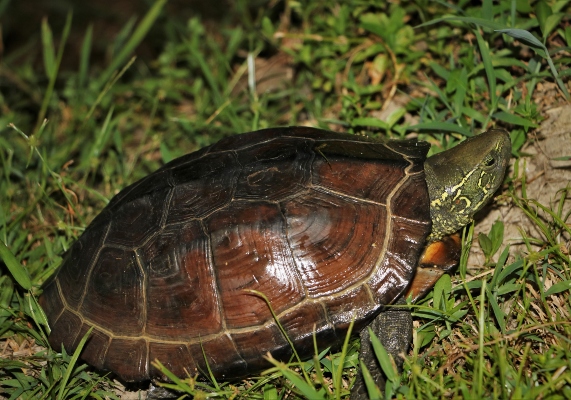 |
Scientific Name: Conservation Status: Habitat: Body Length: Body Features: Diet: Fun Facts: |
Mauremys reevesii |
| Big-headed turtle | ||
|
|
Scientific Name:
|
Platysternon megacephalum Critically Endangered (IUCN Red List) Highland streams with steep gradient Around 25 cm The oversized head gives this species both its common and scientific name. In fact, the head is so large that cannot be retracted into its shell. With its fierce looking face and raptor-like beak, one might think the big-headed turtle is a ferocious carnivore. Compared to other freshwater turtles, the big-headed turtle has a flatter body, a physical feature that allows them to travel in fast-flowing streams or hide in rock crevices. Prey on fish, freshwater crustaceans, amphibians, wild fruit and seeds A local study has found that adults also eat wild fruit and seeds. The seeds that pass through the turtles also have a higher germination rate, thereby encouraging the growth of local vegetation. It goes to show that you should not judge a turtle by how it looks. You might even say that, in its own way, the big-headed turtle plants trees. |
| Chinese soft-shell turtle | ||
|
|
Scientific Name:
Diet: |
Pelodiscus sinensis Vulnerable (IUCN Red List) Ponds and estuaries, slow moving and still lowland streams Over 30cm The largest natives freshwater turtle species in Hong Kong with soft shell and leathery skin. They have large claws aiding them to dig into muddy riverbeds. Long necks for them to catch preys on different angles. With the elongated nose and long neck, these help them to breath out of water surface. Freshwater crustaceans, amphibians, fish Interestingly, the Chinese name for the Chinese soft-shelled turtle refers to someone who falls for money scams. Perhaps this is because the animal is rather ungainly out of the water and that it lacks a protective hard shell. |
Community Engagement
Stream Conservation Warden
According to information provided by the Agriculture, Fisheries and Conservation Department (AFCD), over 400 illegal animal traps near local streams have been seized from 2020 to 2022. In addition to the ongoing efforts in rehabilitating freshwater turtles, OPCFHK has initiated the “Stream Conservation Warden” programme in collaboration with volunteer groups and hiking organisations. The primary objective of this programme is to recruit and train volunteers to identify and remove suspected turtle-catching devices while also cleaning up litter in nearby freshwater habitats.
 |
 |
School Education
Freshwater Conservation Educator
We recruit participants from local secondary schools to be Freshwater Conservation Educators. Through lectures, field trips and scientific studies, we aim to raise students’ awareness of native freshwater turtles and empower them to convey the conservation messages.
(1) Training Workshops – Lecture
OPCFHK is very much honoured to invite local professional ecologists and academics from the field of biology and ecology with a focus on freshwater turtles. The Freshwater Conservation Educators thereby can understand more the significant ecological role of freshwater turtles, and methods of monitoring freshwater ecosystem and biodiversity.
 |
 |
 |
 |
(2) Freshwater Turtle Husbandry
All Freshwater Conservation Educators are attached to our project partners to learn and assist in the husbandry of freshwater turtles and other freshwater animals. Through the workshop, ambassadors could gain knowledge on the feeding and conditions for rearing freshwater turtles. Observation of their behaviors from close range allows our ambassadors to understand the operation of a caretaker under the artificial breeding programme.
 |
 |
 |
 |
(3) In-school Conservation Promotional Activity
Under the supervision of teachers and project staff, our educators will have the opportunity to design and implement promotional activities targeting students in their schools, through means such as game booths, photo booths, drama, videos and scientific investigation. Not only can such activities promote freshwater turtle conservation, educators also get to hone their cooperative skills and execution skills.
.png) |
.png) |
.png) |
.png) |
(4) Outreach School Workshops
Educators get to design and carry out conservation outreach workshops in kindergartens and primary schools. With such hands-on experiences that require active engagement from start to finish, they will eventually walk away with improved cooperative and coordination skills.
.png) |
.png) |
(5) In-park Narration and Tours
Educators will deliver knowledge on freshwater ecosystems and habitat conservation in guided tours, deepening public understanding on freshwater biodiversity and conservation of freshwater species.
 |
 |
Public Education
(1) Local Stream Ecosystem Exhibition
In collaboration with Ocean Park, OPCFHK runs an exhibition which focuses on local stream ecosystems. The exhibition introduces Hong Kong’s freshwater biodiversity, including the critically endangered Beale’s eyed turtle and golden coin turtle, connecting visiting guests to local native freshwater turtles, raising their interests towards nature, and ultimately empowering them to support the conservation of freshwater turtles.
.png) |
.png) |
.png) |
.png) |
(2) Freshwater Eco-tours
Due to Hong Kong’s subtropical location, coupled with its mountainous terrain with little flatland and high precipitation rate, hundreds of streams and rivers are formed, constituting a freshwater ecosystem as well as nurturing a rich biodiversity, including native freshwater turtles and a wide array of amphibians and freshwater fish. The eco-tour strives to introduce to the public the formation of freshwater habitats and hence they will learn to appreciate and protect the biodiversity.
.png) |
.png) |
Conservation Work
Restoration of Beale’s eyed Turtles
OPCFHK has been working with Ocean Park and the Hong Kong Society of Herpetology Foundation since 2018, and has been cooperating with Dr Sung Yik-hei, Assistant Professor in the Science Unit of Lingnan University and his team to establish a husbandry care and breeding programme for the Beale’s eyed turtle in Ocean Park, with the goal of restoring the local population through captive breeding, field study, and, ultimately reintroduction of Beale’s eyed turtle.
Since the birth of the first captive-bred hatchling in 2020, two other hatchlings were born in June and July in 2023 respectively. We look forward to more hatchlings in the near future and releasing them into the wild to eventually raise the local population of turtles.
.png) |
.png) |
Artificial Breeding Programme Partnership:
 |
 |
 |
Education Resources
Nature Education Storybook: “The Adventures of Beale’s Eyed Turtle”
Although freshwater turtles play an important role in freshwater ecosystems, most people know little about them. Facing various human threats, such as poaching and pollution, freshwater turtles are slowly disappearing from our local streams.
Increasing children's awareness of threatened species is an important step on species conservation. To help kids understand more about local freshwater turtles, OPCFHK has developed a nature education storybook tailored to children. Through reading the storybook, children can follow the steps of the Beale's eyed turtle named “Bennie”, to learn about the challenges faced by local freshwater turtles. By incorporating learning into entertainment, the storybook helps arouse children’s curiosity and exploratory spirit towards nature. At the end of the storybook, supplementary teaching resources and suggested activities are included to support the teaching of kindergarten and primary school teachers.
“The Adventures of Beale’s Eyed Turtle” is completely free for teachers, please click the link below for more information.
Download link: https://tinyurl.com/4n25mwz3
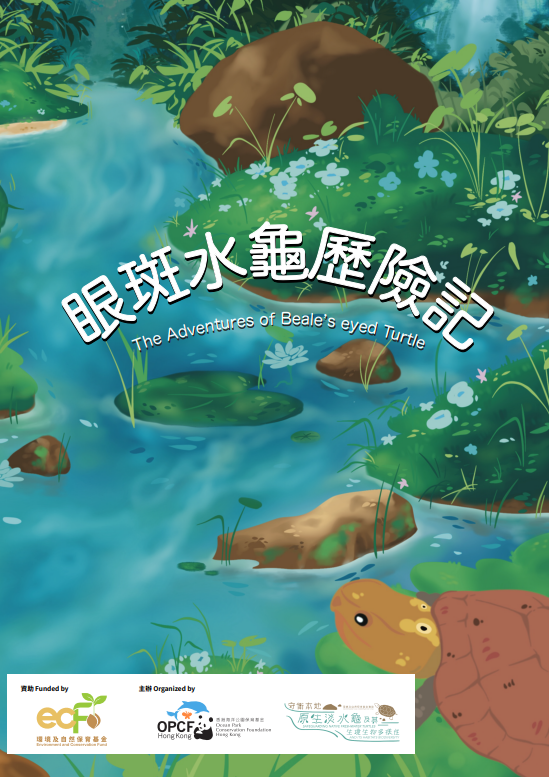 |
Disclaimer: Any opinions, findings, conclusions or recommendations expressed in this material/event do not necessarily reflect the views of the Government of the Hong Kong Special Administrative Region, the Environment and Conservation Fund and Environmental Campaign Committee
An outdoor field guide to freshwater habitats
Situated in subtropical area with stable rainfall and with diverse landscape, Hong Kong is blessed with a rich in freshwater habitats, including streams, reservoirs and marsh that is formed by abandoned farmlands, which provide foraging and breeding grounds for numerous freshwater living organisms. In light of that, we have produced a field guide for Biology and Geography teachers as a supplementary teaching material. This guide serves as supplementary learning materials provided to teachers in core part of relevant subjects, such as “Organisms and Environment” in Biology, providing a way to not only make the field trips more interesting but also encourage students to think more and better absorb the knowledge they learn.
Outdoor educational activities not only enhance students’ understanding of local freshwater ecosystems and biodiversity, but also make learning lively and engaging. There are five freshwater habitats with unique features in Hong Kong, ranging from upland rivers to lowland freshwater marshes. It provides information about site introduction, suggested study routes, ecology and geography knowledge of the sites and photo guide of freshwater species that are commonly found in those areas. There are also suggested activities and extended discussions, which not only make the field trips more interesting but also encourage students to think more and better absorb the knowledge they learn.
“An outdoor field guide to freshwater habitats” is free for teachers, please click the link below for more information.
Download link: https://forms.gle/naN2jdfGVTnzA2jRA
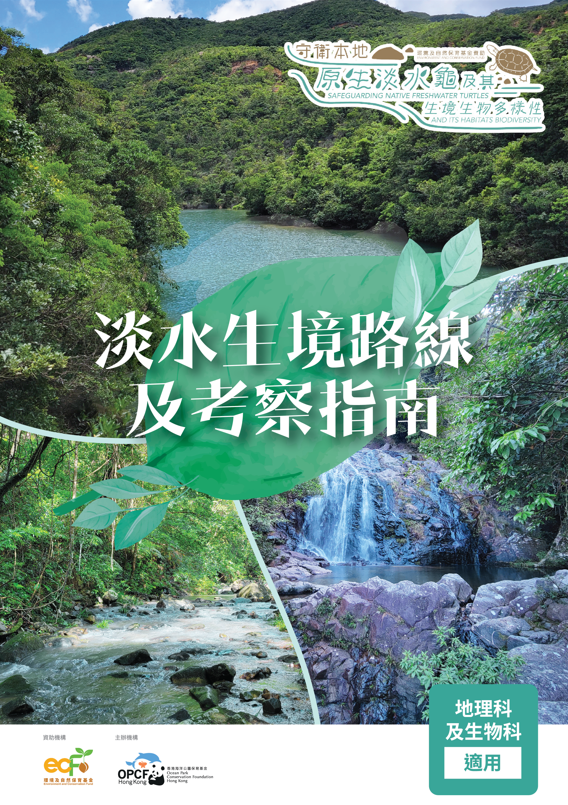 |
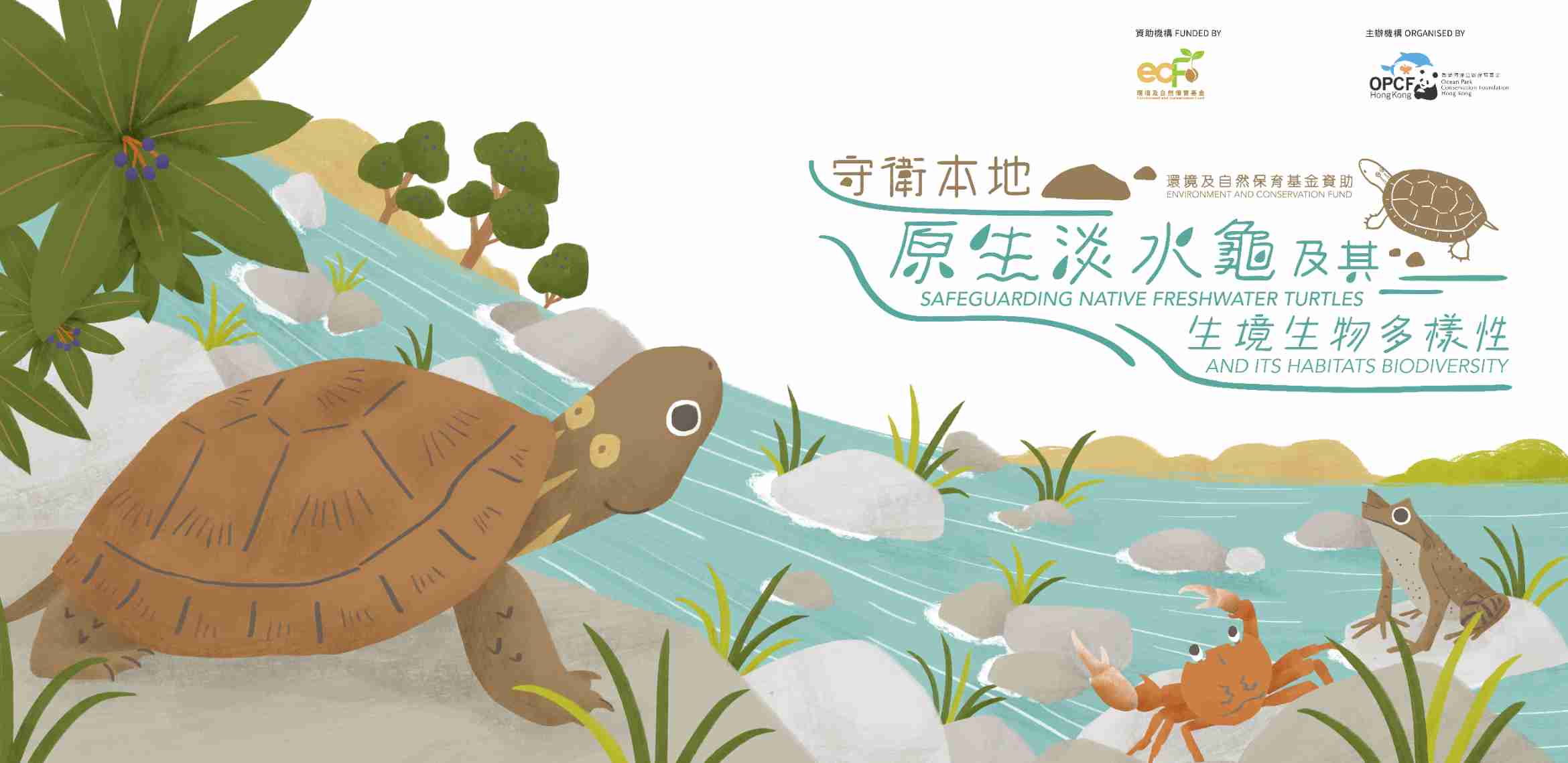
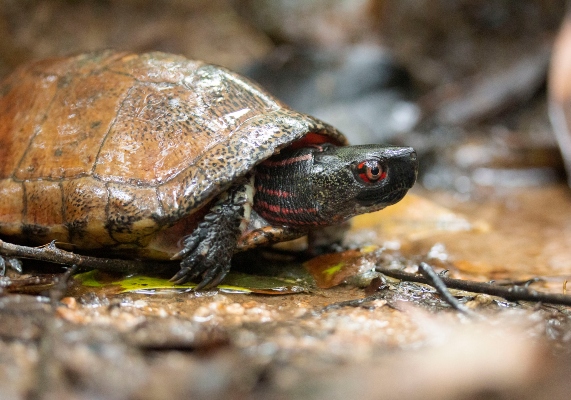
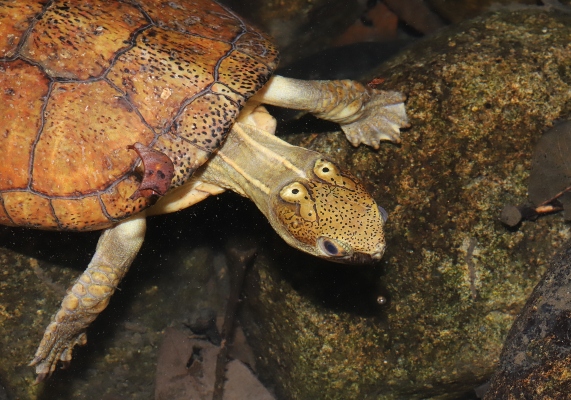
.jpg)
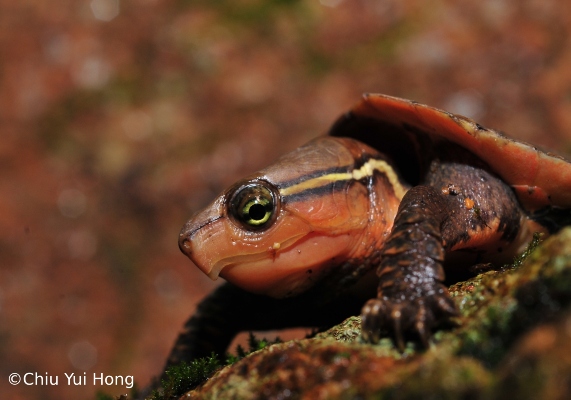
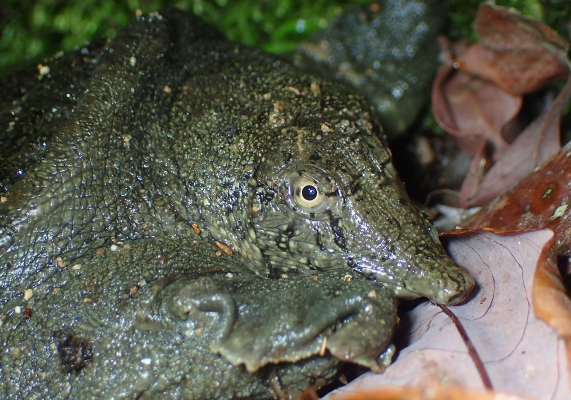
.jpg)